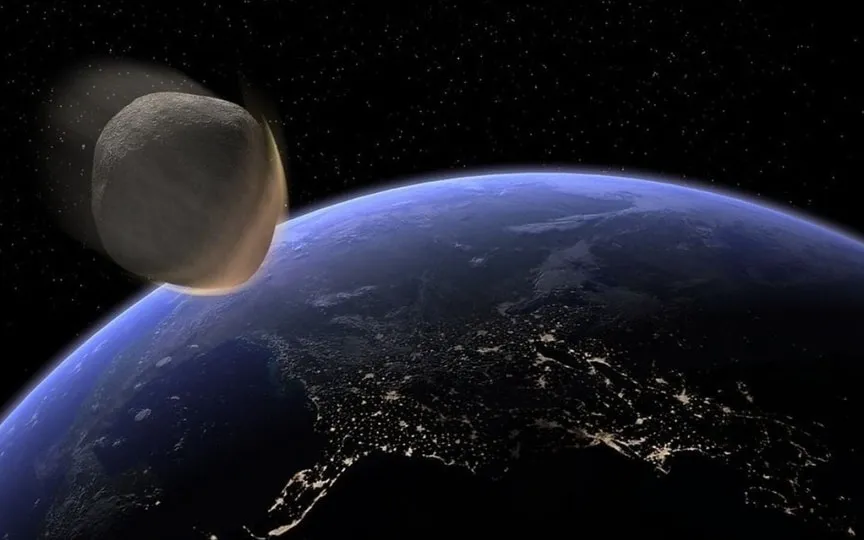NASA Unveils Size and Speed of Asteroid 2023 RU as it Nears Earth
NASA, along with other space agencies, has successfully created technologies to monitor the orbits of asteroids and potentially alter their paths if they pose a threat. Utilizing these advanced tools, NASA has recently disclosed information regarding an asteroid named Asteroid 2023 RU, which is currently heading towards Earth and is expected to have its nearest encounter with our planet today, September 11.
Asteroid 2023 RU: Approach details
Using its various satellites and space and ground-based telescopes, NASA has tracked the orbit of this asteroid and revealed important information about its imminent approach. According to the details, Asteroid 2023 RU is expected to make its closest approach to the planet at a distance of 4 million kilometers and at an astonishing speed of 72951 kilometers per hour.
It travels even faster than NASA’s Voyager 1 probe, which was launched in 1977 to explore the solar system and interstellar space.!
This space rock belongs to the Apollo group of Near-Earth Asteroids, which are space rocks that pass through the Earth and whose semi-major axes are larger than the Earth’s axis. These asteroids are named after the huge 1862 Apollo asteroid discovered by German astronomer Karl Reinmuth in the 1930s.
NASA estimates the size of Asteroid 2023 RU to be between 65 and 130 feet wide, making it the size of an airplane! However, it is not large enough to be classified as a potentially hazardous asteroid and is not expected to pose any threat to Earth.
Amazingly, this will be the first close-to-Earth approach by Asteroid 2023 QC5. According to NASA’s Small-Body Database Lookup, no other close approach is predicted in the near future.
The strange behavior of the Dimorphos asteroid
NASA made history on September 26 last year when it conducted its first-ever planetary defense test. Called the Double Asteroid Redirection Test (DART), it was a successful attempt to divert an incoming potentially dangerous asteroid named Didymos from its collision course with Earth. While the asteroid successfully deviated from its path, scientists have observed strange behavior on Didymos’ moon Dimorphos.
According to a report by NewScientist, Jonathan Swift, a teacher at the Thacher School in California, along with his students, have observed that Dimorphos has slowed down in its orbit. Although it was originally expected to slow down but then return to its original speed shortly after impact, it has continued to decelerate in orbit around Didymos.




